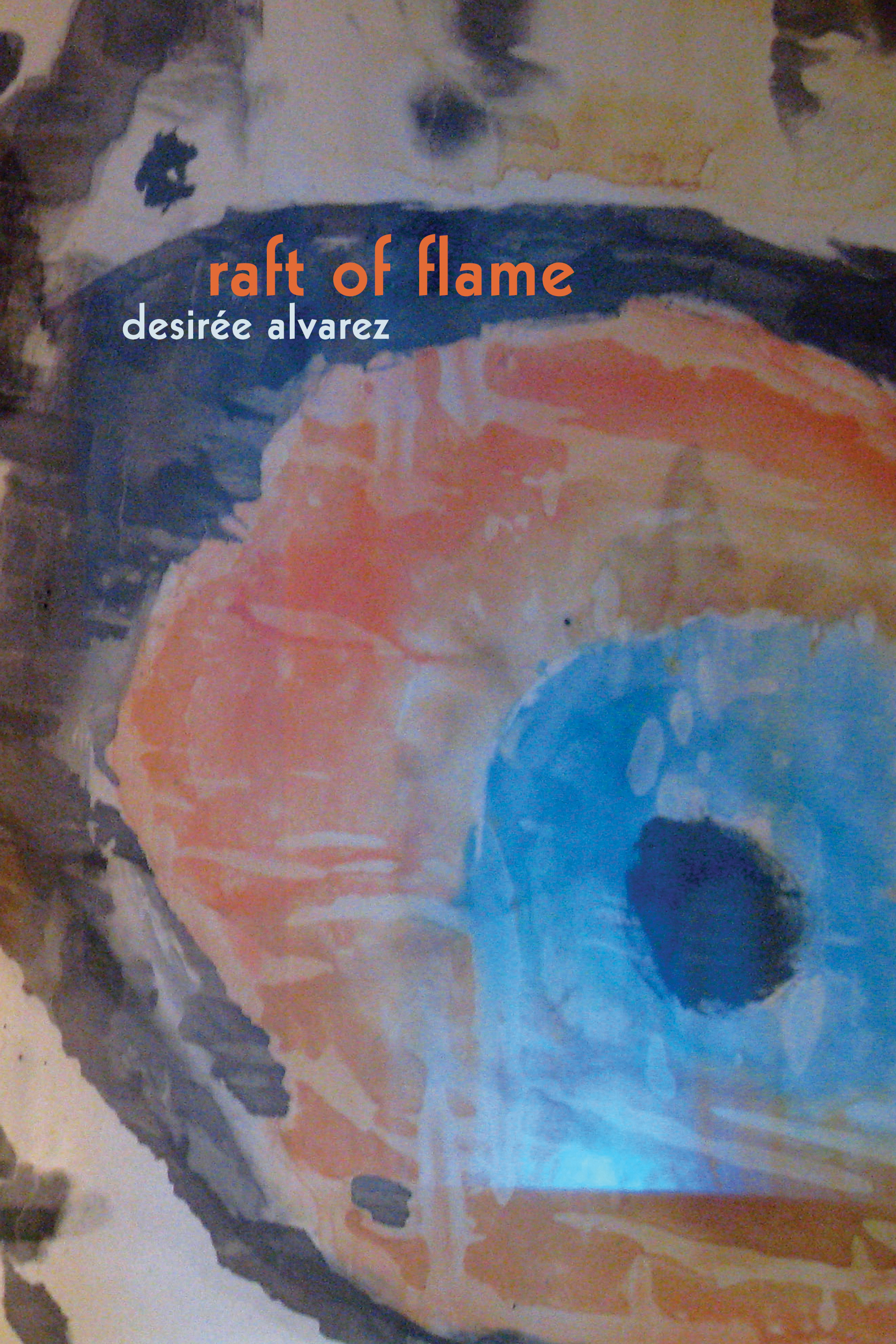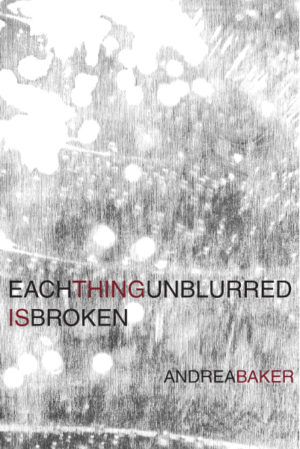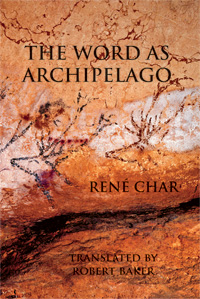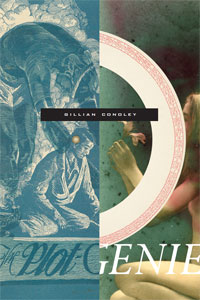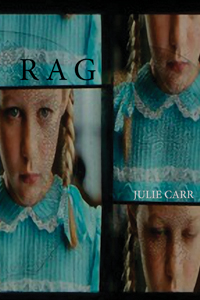Description
A painter and poet, Desirée Alvarez engages with the powerful forces of lyric and rhythm to create a collection that moves across time and place. Inspired by Lorca’s passionate cante jondo, or “deep song,” and her own family history with Andalusian flamenco, Alvarez weaves together a time-travelling epic that searches through myth, culture, and nature for the roots of identity. Navigating both her Latina and European heritage through works by artists of the ancient Americas and Spain, Alvarez maps intersections between personal and political history. Searching narratives both fictitious and real, Raft of Flame includes imagined conversations between a conquistador and an Olmec sculpture, between Frida Kahlo and Velazquez, and between The Wizard of Oz’s Dorothy and Glinda the Good Witch.
In Raft of Flame, Alvarez constructs and fleshes out a fantastic narrative of personal and cultural history, offering glimpses into the art, history, and land that comprise her story. Her narrative explores how both nature and human populations continue to be trapped in the violence of colonialism. Vivid lyrics interrogate the complexities of mixed race, digging the dualities, upheavals, and casts of characters that underly Alvarez’s identity.
Raft of Flame won Omnidawn’s 2018 Lake Merritt Prize.
The poems in Raft of Flame address inheritance haunted by colonial violence and genocide. The ghosts in the archives speak inside the poems, addressing heritage next to loss. ‘I don’t see my face, owl says before soaring, / as the future is born of slave and colonizer / on the ledge of the window.’ Here we have the mysteries of mixed culture through the art made by the artists of the ancient Americas and Spain. Here a speaker asks, ‘I’m here to see where / I come from to stop the din of not knowing.’ The poems time-travel across regions, cultures, and centuries. Alvarez frets history, speaks to historical image-making, religion, and art. The poems invent new perspectives, speak in masks, present cinematic panoplies, are many-tongued, always clear-eyed. Richly they assemble, speak to story with mythic address as they sing and range. These poems are fire.
Hoa Nguyen, author of Violet Energy Ingots and Judge of Omnidawn’s Lake Merritt Prize
A blazing vessel of insight carries us through the lush, devastated world of Desirée Alvarez’s Raft of Flame. This book is propelled by questions—urgent questions that camouflage as ordinary (‘And what time was dinner?’ ‘How would a family look?’), and those that immediately chill: ‘Tell me why someone must always be sacrificed for the future to be assured?’ Throughout, there is a dialectical heartbeat of desire and refusal. The gorgeous series of poems with ‘cante’ in their titles weave Spanish with English. Alvarez knows and sings how both lineage and etymology carry relationships tender as well as coerced. These poems revel in and expose our sonic becomings: ‘Worship of ships now. Warship.’ And though the book is populated by other artists (Velázquez, Kahlo, Goya), it is Alvarez, here, who expertly wields both brush and pen.
Stefania Heim, author of HOUR BOOK
Aboard this multilingual poetic vessel, Desirée Alvarez crosses the thresholds of time and space to enter ancient America and its conquest. On this journey, she examines the violent relations between the colonizer and the colonized, as well as her own entangled Latina, Spanish, and European heritages. A visual, eckphrastic impulse indelibly colors this collection, while a fertile lyricism echoes in its cante, its singing. In the end, the Raft of Flame carries us to the place where we can look––entranced––into historical and genealogical ‘depths that cannot be uttered.
Craig Santos Perez, author of Habitat Threshold
The powerful second collection from Alvarez explores the remnants of Central American cultures after the 16th-century Spanish conquest, examining what endures and what doesn’t after plunder, colonization, and the destruction of a civilization…The speaker becomes the artist, drawing color out of the natural world…Alvarez’s images are startlingly potent: “the lavender moon guts the highway with her audacious harvest,” and her language has a distinct artistry; words are carefully and cleverly chosen…Alvarez brings the reader to an ancient world that is, in fact, still alive.
Desirée Alvarez’s brilliant second collection, Raft of Flame (Omnidawn 2020) . . . wrestles with colonialism and its implications on identity and the self. Each poem awakened my quest to understand how colonialism continues to violence my body. “Call and Response between Colonizer & Colonized” annihilated me with this question: “Are you born a slave or a tyrant? I am vanishing on the threshold.” I felt this question in my veins and I will carry its answer with me for the rest of my life . . . the truth of history is savage . . . Alvarez weaves time, genre and medium to create an artifact that has touched my heart from a place of alterity. The collection has inspired me to seek answers to the questions Alvarez has taught me I cannot ignore.
Alonso Llerena, poet, visual artist, teacher and contributor to Kenyon Review
Reviews
About the Author
Interview
Desirée Alvarez is a painter and poet living in New York City. Her second book, Raft of Flame, won the Lake Merritt Poetry Contest. Her first book, Devil’s Paintbrush, won the 2015 May Sarton New Hampshire Poetry Award. She has published poems in Poetry, Massachusetts Review, Boston Review, Fence and The Iowa Review, and received the Glenna Luschei Poetry Award from Prairie Schooner. Alvarez’s paintings are currently on view at Brooklyn Botanic Garden Conservatory Gallery through November 2020. Celebrating magical connections between animals, plants and humans, her work has received three fellowships from the New York Foundation for the Arts, as well as awards from the American Academy of Arts and Letters and European Capital of Culture. Alvarez teaches at CUNY, The Juilliard School and Poets House.
A brief interview with Desirée Alvarez
(conducted by Alicia Ehni & Kyle Lopez for NYFA Current)
NYFA: Your latest collection, Raft of Flame, is recently out from Omnidawn. What has your process of promoting and presenting the book been like as we move through this challenging time?
DA: It’s been surprisingly wonderful. My extraordinary publisher Omnidawn rose to the occasion and has been promoting the book and offering free shipping to anyone ordering it from them. They plan to make a video of me reading as well. Poets House and Paolo Javier have been extremely supportive. They created a series called “Poets House Presents,“ with poets reading from their work and offering craft talks where I’ve been invited to read from the new book.
The book was lucky to receive a glowing pre-publication review from Publishers Weekly. I’m also very grateful to journals like Massachusetts Review and Poetry Magazine for making poems from the book available online. I’m grateful to Kenyon Review, Alonso Llerena, and Rosebud Ben-Oni for reviewing my book last week. When the world re-opens, I hope to do some readings. I feel a little cursed on the book promotion front. After my first book came out, my mom became ill and passed away the following year. Now I have a new book, Raft of Flame, and the world is ill. Many readings were canceled. But some people have more time to read and listen to poetry right now, so it’s heartwarming to hear that the poems are bringing solace at a tough time.
NYFA: What sort of advice do you have for poets and other literary artists who may be finding it difficult to write or seek opportunities at the moment?
DA: I think it’s an opportune moment to be reading, since we need escape and uplift right now. Sharing poetry and other writing online, whether by recording, video, or in print will find an eager audience. It’s also an extraordinary opportunity to be focused in the studio or at the writing desk. My students are making powerful work— it’s inspiring. I recommend finding a writing partner or starting a group. It’s a good time to take classes online, and to consult Poets & Writers Magazine to see what programs, residencies, or contests there are to apply for in the future.
NYFA: Like many of our readers, you’re a multidisciplinary artist. How does painting inform the poetry you write, or vice-versa?
DA: I tend to work on both painting and poetry at the same time. My painting installations on fabric are often how I begin and develop my poems, so the two processes are fused. For example, I have paintings at Brooklyn Botanic Garden Conservatory Gallery on exhibit now through November with poetry that relates to the poems in Raft of Flame. I like to work through the ideas and emotions in variant scaffoldings. The soil changes, so they grow in different ways. I hope the poems look like paintings in Raft of Flame. Not in a concrete poetry way, but in the sense that I’d like certain phrases, be they images or sounds, to have space and time to breathe and exist in the reader’s eye the way that a shape or color area exists in a composition. Raft of Flame considers a civilization and its culture coming apart, being apocalyptically scattered and then hybridized, so I hope that comes through in how some of the poems look. The art in the book explores legacy on both sides of the ocean. I try to bring that ancestry to life by giving voice to the sculptures of the Aztecs, as well as the paintings of Spanish painters, such as Velázquez. I also hope to summon back the words written by the recorders of this violent history. It’s important to keep these stories alive beyond an academic format.

